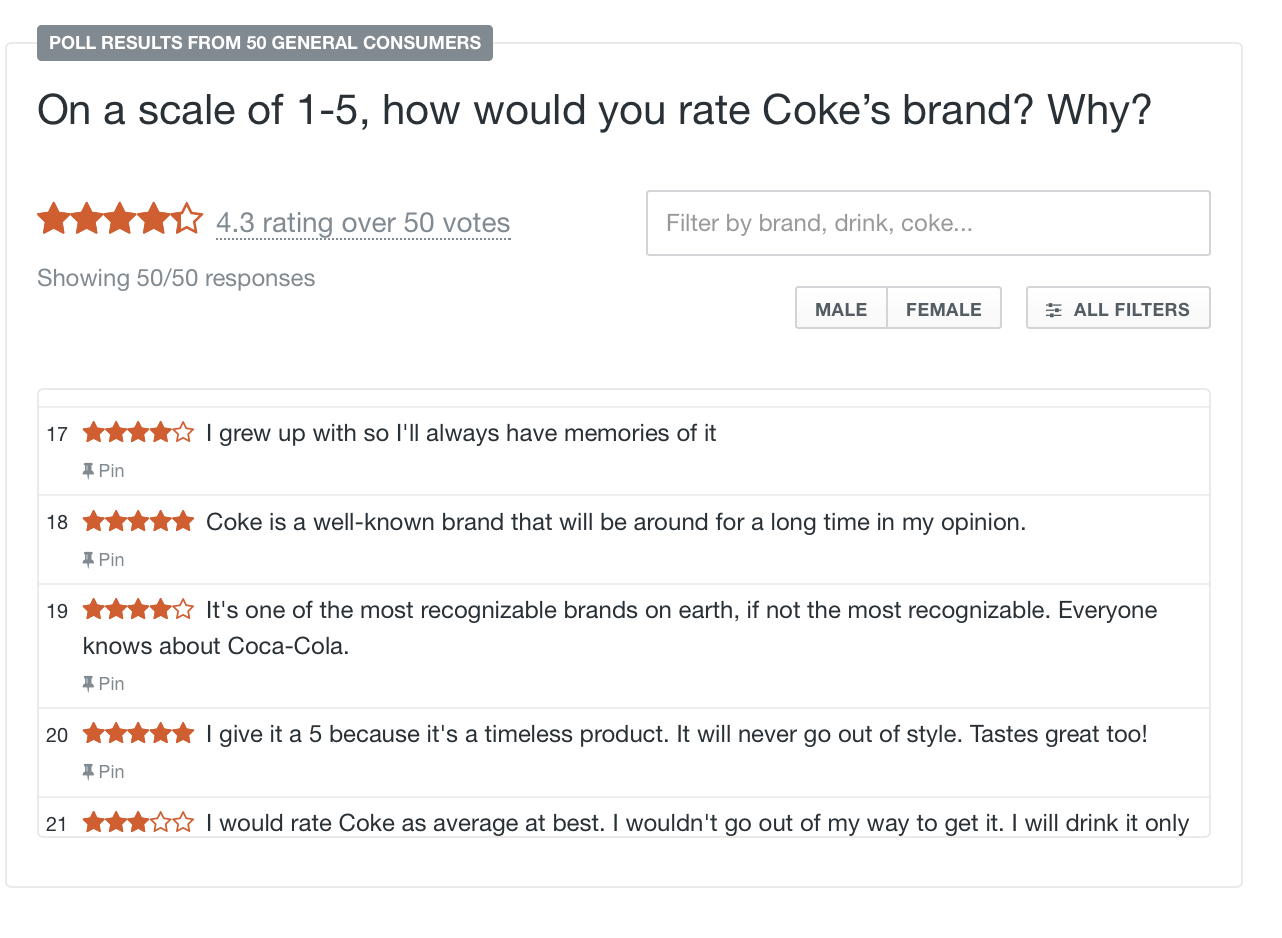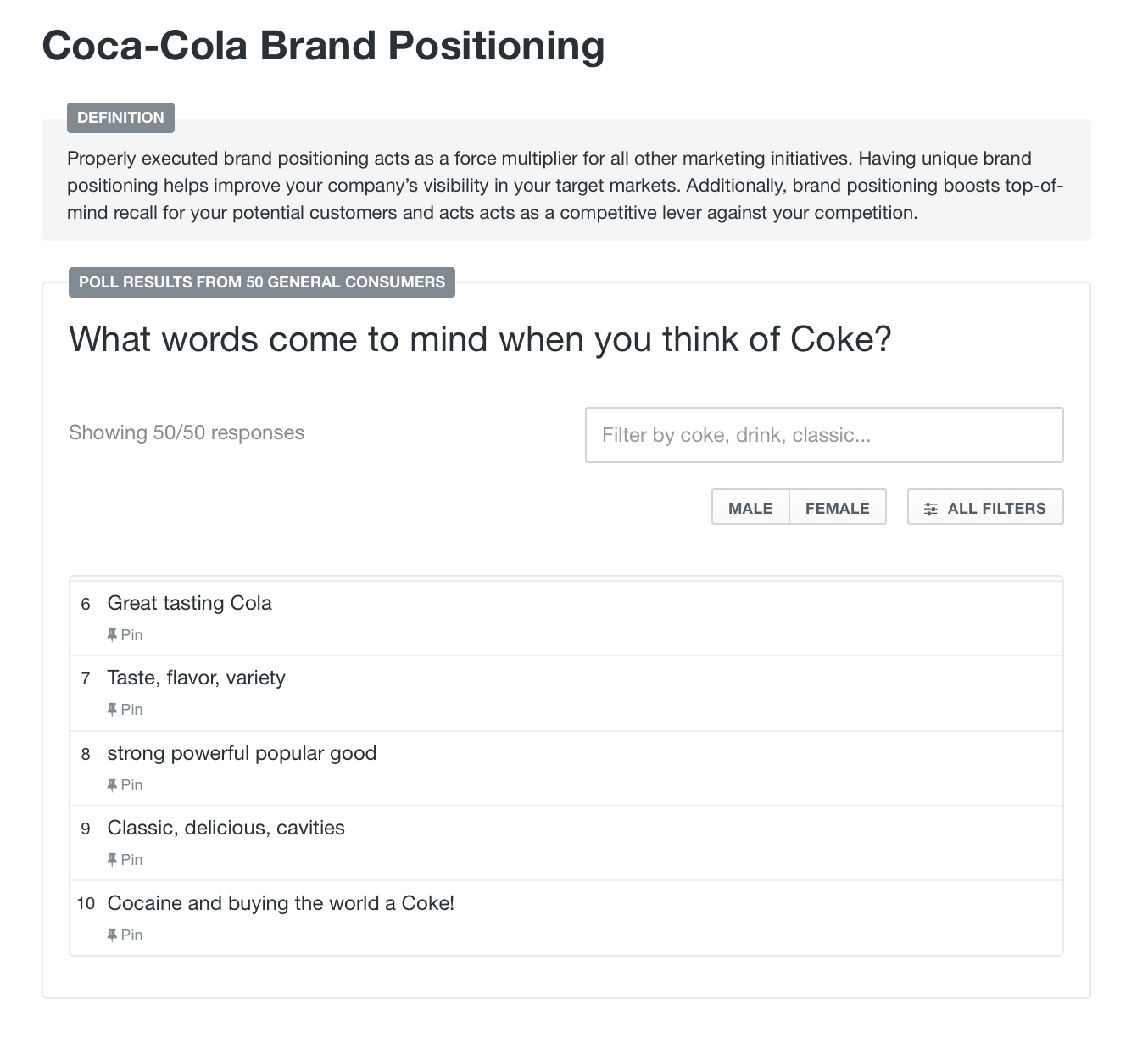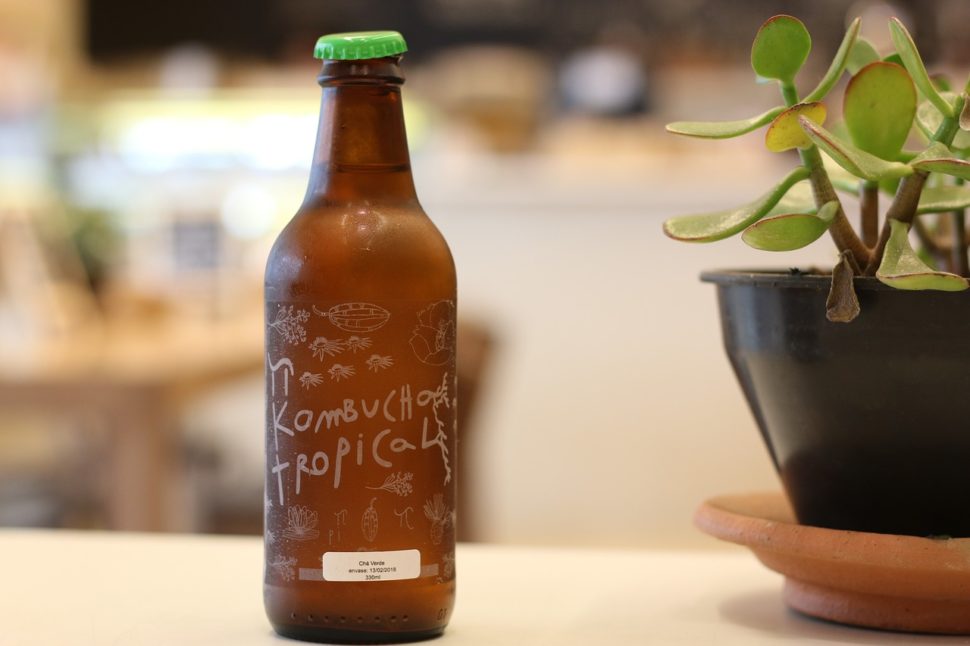Don’t judge a book by its cover. No matter how often we hear this, the truth is we do make judgments based on how things look. In business, this is called brand perception.
Brand perception can bring customers to you or it can push them away.
So what are the principles behind brand perception? And how can you make it work for you?
What is brand perception?
Brand perception refers to a customer’s feelings, thoughts, and experiences with a brand.
Say you ask a random person on the street whether they prefer Coke or Pepsi, and why.
A Coke fan might answer this way: “It tastes better. Pepsi’s too sweet for me. I like the color red better than blue. And what’s that circle blob on the Pepsi can, anyway? I prefer the fancy font on Coke cans. Plus, I love Santa and so does Coca-Cola.”

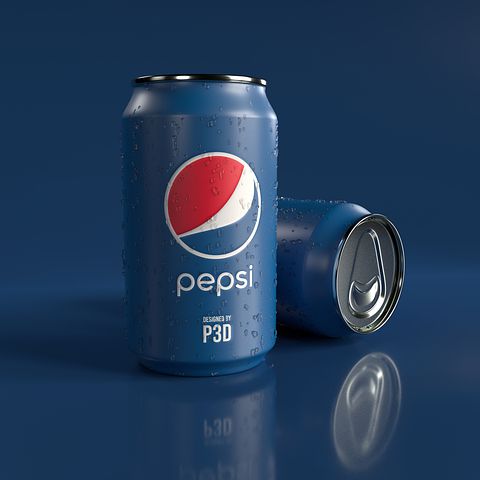
That response sums up this person’s brand perception of Coca-Cola and
Brand perception drives brands to create advertisements for their products or services that weave in powerful emotions. Consider Amazon’s commercial featuring a ballet dancer preparing for a big performance just as the coronavirus pandemic begins to unfold.
The ad is emotional, memorable, and ultimately uplifting. We can relate to it even if we’re not dancers because we’ve all experienced challenges during the pandemic. The ad features Amazon only briefly, but it affects how customers perceive the company.
Why is brand perception important?
While brands can shape brand perception, customers ultimately decide what a brand represents and whether or not it’s worth sticking with.
If you don’t put in the time and energy to influence customers’ beliefs in a positive way, you won’t earn customers. Your brand won’t grow.
The same rules apply when building your personal brand.
How are brand perceptions formed by consumers?
Consumers form brand perceptions through the five senses. Let’s break them down and explain how you can use these cues.
Visual cues
A brand’s logo is the most obvious example of a visual cue. A strong logo is distinct and needs little explanation. People around the world recognize the Nike Swoosh.
Commercials are also visual cues. If you spend time, money, and energy making ads that are entertaining and emotional, you’re more likely to attract peoples’ attention.
Auditory cues
Can you recite the State Farm jingle by heart? (“Like a good neighbor, State Farm is there!”)
What about McDonald’s? (“I’m lovin’ it!”)
Subway? (“Five dollar foot
Jingles and taglines are auditory cues. They’re not-so-subtle ways for you to tell customers what’s special about your brand while conveying your brand personality.
What’s your brand’s tagline? If you don’t have one, or you’re deciding between different options, check out these tips for creating a strong tagline or slogan.
Taste cues
What’s one of the best things about shopping at Costco?
Free samples, of course.
If taste cues are relevant to your brand, do what you can to incorporate them. Product sampling is a way to engage your customers and project confidence in your product, and it’s been shown to increase sales.
You don’t have to be a giant retailer like Costco to reap the benefits. Studies show that smaller stores that give out free samples benefit the most from the practice.
Scent cues
Spas and salons smell earthy and soothing. Hotels are known to have signature scents. Restaurants emit tantalizing aromas that can turn passersby into paying customers.
None of this is by accident.
A smell can trigger all sorts of feelings, memories, and desires. If you have a brick-and-mortar shop, consider whether there are olfactory cues you can use to attract customers.

Emotional cues
One of the most important things an ad should do is focus on the problem you’re solving for your customers. If you add emotional cues to that, you’re on your way to improving brand perception. Check out these tips for crafting
What is a brand perception survey and what kinds of questions can you ask?
Now that you know how customers form brand perception, how can you measure it? One way is by surveying your customers.
The goal of a brand perception survey is to understand the concepts, emotions, actions, and language your customers use when they talk or think about your brand.
It is important to remain objective when customers offer feedback in a survey. The last thing you want to do is negatively influence brand perception by getting defensive or aggressive in response to a customer’s feelings.
Here are some types of questions to ask in a brand perception survey.
- What emotions do you feel when you see our brand logo?
- How does our tagline make you feel?
- What three words would you use to describe our brand?
- What did you think of your most recent experience with our brand?
- Would you recommend us to a friend? Why or why not?
In addition to conducting a brand perception survey, research your brand online and see what reviewers are saying, sign up for Google Alerts to see mentions of your brand online, and stay engaged with customers on social media.
Tools for measuring brand perception
Analytics companies like Salesforce and Qualtrics help you analyze current customers and your net promoter score (NPS).
Another way to measure customer experience, also known as CX, is with a market research tool like PickFu. Using PickFu’s polling platform, you can ask open-ended questions about your brand or split test product ideas, images, and descriptions to garner unbiased feedback from a targeted audience.
You can also conduct a brand audit to see how yours compares with others in the market. PickFu has done brand audits on Cheese Whisps, Roblox, and Coca-Cola, to name a few.
Brand auditing with PickFu
Start with a simple question such as, “On a scale of 1-5, how would you rate this brand and why?”
Coca-Cola has a strong rating for brand reputation, and it shows in the comments. As one respondent said, “Everyone knows about Coca-Cola.”
Next, evaluate your company’s brand positioning. For the Coca-Cola audit, we asked, “What words come to mind when you think of Coke?”
And what about your company’s flaws? If you’re serious about understanding brand perception, it’s vital that you seek out what people say about your brand’s weaknesses.
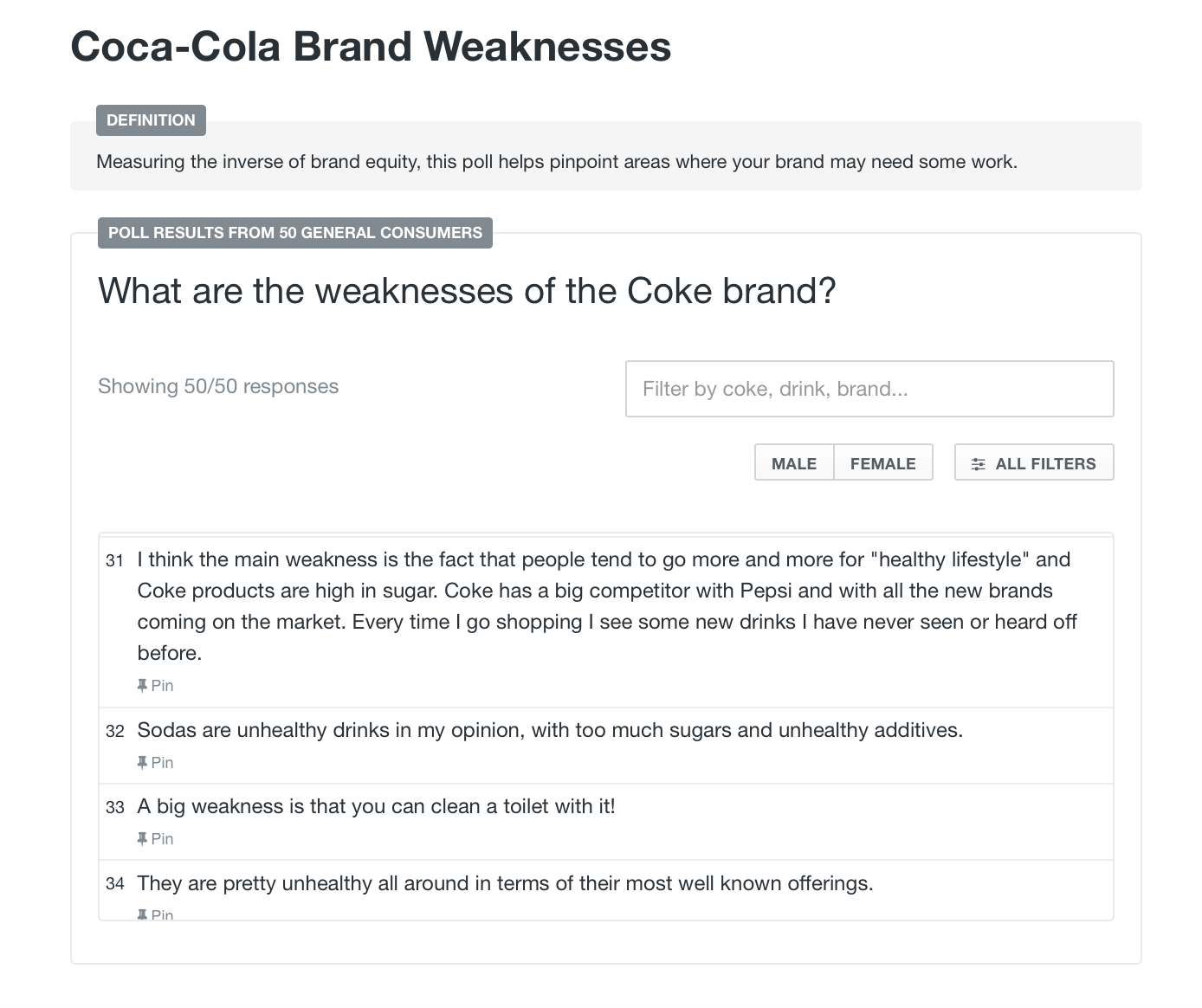
An interesting theme in the Coca-Cola brand audit is that respondents see Coke as a “stodgy old brand” that doesn’t appeal to the up-and-coming generation of health-conscious consumers.
“The main weakness is the fact that people tend to go more and more for ‘healthy lifestyle’…[and] every time I go shopping I see some new drinks I have never seen or heard of before,” wrote one respondent.
Think about the rise in popularity of kombucha, which contains between 3 and 8 grams of sugar per serving compared with regular Coke’s 39 grams. This might signal an opportunity for Coca-Cola to dive into the healthy beverage market.
A thorough audit, which also evaluates a brand’s strengths, competitors, and objective consumer descriptions, gives you crucial insight into your brand perception. It helps you identify what you’re doing right and what you need to work on — two essential pieces of any brand’s path to success.
A positive cycle
By monitoring and positively influencing your company’s brand perception, you’ll be able to gain and retain customers, branch out into philanthropy, and build business equity.
If you haven’t measured brand perception for your company, now’s a good time to start. Create a poll on PickFu to get feedback on your business name or logo design. You’ll receive results in as little as 15 minutes, which means you can get to work making impactful changes within hours.
Sign up for PickFu and find out what people think of your brand.


